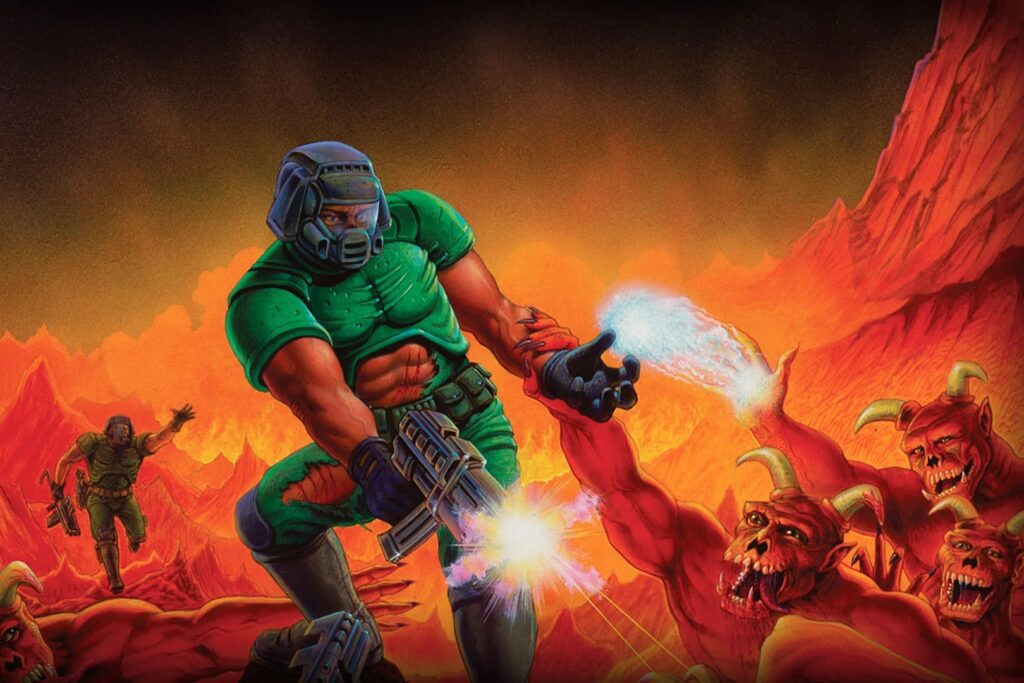The gaming industry is constantly evolving with technology pushing the boundaries of what is possible in terms of graphics and animation. Animation is at the heart of game production and technology has significantly impacted how games are created and experienced by players. From the evolution of animation, to the role of technology in animation production and the impact on the player experience, the article explores the potential for even more advanced animation techniques, such as virtual reality and augmented reality, to come to the fore and further push the boundaries of what is possible in gaming.
The Science of Animation: How Technology is Changing the Art of Gaming
Introduction
The gaming industry is a rapidly evolving one, constantly pushing the boundaries of what is possible in terms of graphics and animation. With the advent of new technologies and platforms, game development has become more complex and sophisticated than ever before. Animation lies at the heart of game production, and it is here that technology has had a significant impact, shaping the way games are created, and ultimately experienced by players. In this article, we will explore how technology is changing the art of gaming through the science of animation.
The Evolution of Animation in Gaming
The evolution of animation in gaming has been a significant one. From the earliest pixelated characters to the high-end, cinematic quality graphics of today, animation has come a long way. One of the main drivers of this evolution has been advancements in technology.
Throughout the years, game developers have been able to utilize increasingly powerful machines that can render more complex graphics and animations. These machines have paved the way for the development of more realistic character models and environments, as well as more complex animations.
The transition from 2D to 3D graphics was one of the most significant advancements in game animation. It allowed for more depth and realism, making it possible to create game environments that could be explored from different angles. Alongside this, motion capture technology has become increasingly sophisticated. With precise motion capture data, developers can create highly realistic movements that are seamless and fluid.
The Role of Technology in Animation Production
Technology plays a crucial role in the animation production process. Game developers use specialized animation software that allows them to create and manipulate digital models, apply textures and lighting, and create complex animations.
One example of animation technology used in game production is rigging. Rigging refers to the process of adding a skeleton to a 3D model that enables the movement of the model. This is an essential component of animation, as it allows for highly detailed movements to be captured with precision.
Another technology that has revolutionized animation in gaming is physics simulation. Physics simulation is the process of simulating the movement and interaction of physical objects in a game environment. This allows for realistic movements and reactions, further enhancing the player experience.
The Impact of Animation on the Player Experience
Animation has a significant impact on the player experience in gaming. The more realistic and fluid the animations, the more immersive the game becomes. This immersion is key to keeping players engaged and invested in the game world.
Animation also plays a critical role in storytelling within games. With the use of cutscenes and character animations, game developers are able to tell compelling stories that draw players in emotionally. Highly detailed animations can add a layer of nuance to character interactions, making them feel more realistic and relatable to players.
The Future of Animation in Gaming
As technology continues to advance, the future of animation in gaming looks bright. More powerful machines will allow for even more realistic character models and environments, while advancements in artificial intelligence and machine learning will make it possible to create more complex and sophisticated animations that can adapt to player interaction in real-time.
Virtual reality (VR) and augmented reality (AR) are also set to have a significant impact on game animation. These platforms allow for even greater immersion, with realistic movement and interaction becoming more important than ever before.
Conclusion
Technology has had a significant impact on the art of gaming through the science of animation. From the earliest days of pixelated characters to the high-end, cinematic quality graphics of today, animation has come a long way. With advancements in motion capture, physics simulation, and other animation technology, game developers are able to create more realistic and immersive game experiences that keep players engaged and invested in the game world. As technology continues to evolve, we can expect even more sophisticated and advanced animation techniques to come to the fore, further pushing the boundaries of what is possible in gaming.
